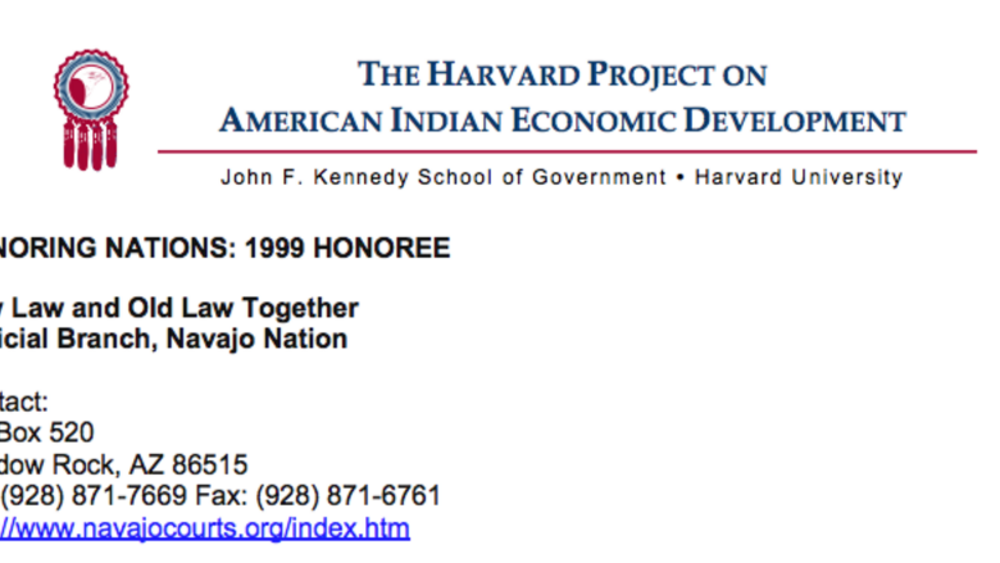Dr. Manley Begay provides an overview of cultural match, which the Native Nations Institute and the Harvard Project have identified as one of the five keys to successful Native nation building.
Additional Information
Begay, Jr., Manley A. "Introduction to Native Nation Building." Native Nations Institute for Leadership, Management, and Policy, University of Arizona. Tucson, Arizona. 2011. Lecture.
Transcript
"Cultural match, really interesting piece of the research that took place. To be effective, governing institutions must have legitimacy with the people. In other words, the people have to think and believe in the government that this is the way that Ysleta Pueblo operates; this is the way we have always done it; this is the way Laguna operates their government; this is the way Navajos really do it -- this is the Navajo way; this is the Blackfoot way; this is the O'odham way. There is this perception, there is this belief that this is the way we do it, so that sort of sends the message that the government is legitimate in the eyes of the people. It is a reflection on who they are as a people.
They have to match Indigenous ideas about how authority should be organized and exercised in the contemporary sense. Look at the third and fourth bullet points: in the contemporary sense. You go to Flathead reservation where there are three tribes -- Pend d'Orielle, Salish, and Kootenai -- and if you are thinking about putting together an Indigenous idea about authority at Flathead, whose culture do you follow? One of three? All of the three? Two of the three? How do you do it? So it has to be in the contemporary sense because we've changed in a lot of different ways, and our kids have changed as well, and they are going to change even more so. So how do we think about it in a contemporary cultural setting? Places where traditional culture is still very strong -- like at Cochiti Pueblo, or like at Jemez, and a lot of the Pueblos, and a lot of the other tribes. Like at Iroquois with the Onondaga, where the traditional culture is still very strong, they've incorporated that type of thinking into the government itself. At Navajo, where I come from, we have the fundamental law of Navajo incorporated into our judicial structure. Not necessarily in the legislative branch, or the executive branch, but clearly in the judicial branch. It's present there, so decisions that are rendered by the Supreme Court judges at Navajo are based on fundamental laws, customary law, custom law, traditional law, natural law. So it's based on our creation stories, it's based on how we think about the world. But if you don't have that present, you sort of basically have to re-invent yourself and think about: how do we think about it in a contemporary cultural sense?
The same with economic strategies -- the last bullet point there. Some tribes go [with] tribal enterprise economic systems where the tribe owns all the businesses, some tribes go [with] private entrepreneurship where they support individual entrepreneurs, some tribes have done both and those have cultural ramifications as well. How we think about the world determines what kind of economic strategy we choose, because if it is going to be legitimate, it gets the support of the people rather than tearing it down. So culture matters."


